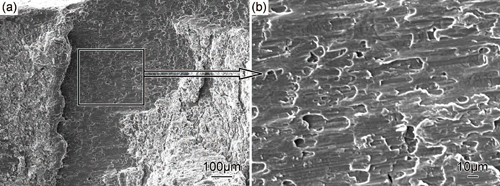 PDF(15726 KB)
PDF(15726 KB)


 PDF(15726 KB)
PDF(15726 KB)
 PDF(15726 KB)
PDF(15726 KB)
钎焊过程原位合成Al-Si-Cu合金及接头性能
 ({{custom_author.role_cn}}), {{javascript:window.custom_author_cn_index++;}}
({{custom_author.role_cn}}), {{javascript:window.custom_author_cn_index++;}}In Situ Synthesis of Al-Si-Cu Alloy During Brazing Process and Mechanical Property of Brazing Joint
 ({{custom_author.role_en}}), {{javascript:window.custom_author_en_index++;}}
({{custom_author.role_en}}), {{javascript:window.custom_author_en_index++;}}
| {{custom_ref.label}} |
{{custom_citation.content}}
{{custom_citation.annotation}}
|
/
| 〈 |
|
〉 |